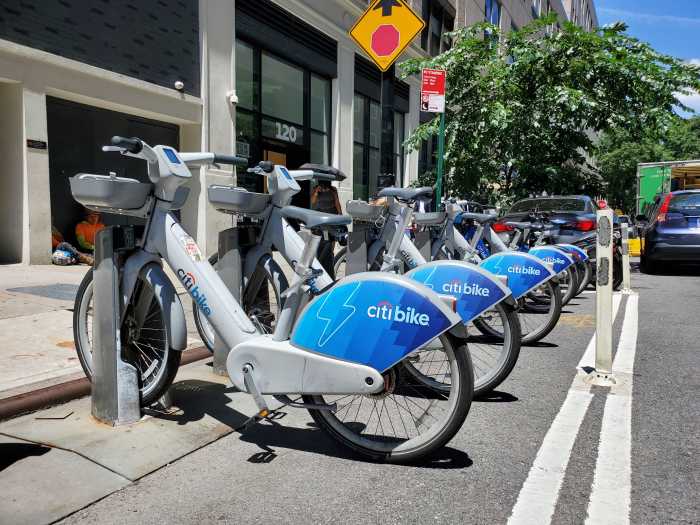Thousands of Queens 3rd to 7th graders are facing a long hot summer in City classrooms, after performing below grade level in a series of math and reading tests, given by the State Dept. of Education (SDE).
Some local district superintendents and principals are already sweating out the results, because Schools Chancellor Rudy Crew may oust the heads of some low-performing schools and districts as early as this week.
The test results of Queens’ 198 schools were not positive:
•Math scores dropped in 183 borough schools, while reading scores sagged in 86 halls of learning.
•Eight of ten students in P.S. 105, J.H.S. 198, and P.S. 40 could not read or solve math problems at grade level.
•Math scores plummeted 38.8 percent in P.S. 116, followed closely by a 30.6 percent plunge in P.S. 195. Both schools are in SD 29.
•Less than half of the students in the 29th and 30th School Districts performed at grade level.
•Five of seven school districts scored over the national math average, while only three reached the national average reading scores.
•The borough’s bleak results were masked by an even bleaker Citywide showing, that placed four of its districts in the City’s top ten in math, and three in the top ten for reading.
While no numbers have been issued for summer school attendance an estimated 70,000 students throughout the City’s school system have been targeted for remedial classes by the Board of Education – as many as 19,000 in Queens.
Mayor Rudy Giuliani has already renewed his call for a radical reform of the City’s educational system, including the abolition of the Board of Education and placing the schools under the direct control of the Mayor.
Chancellor Crew has already announced that he was setting performance targets for next year, which would require the borough’s seven school districts to meet either a test-score target or a target for improvement.
Councilwoman Julia Harrison, who has fought for a new and improved station that would meet the needs of a rapidly-developing downtown Flushing, called the new schedule "too little, and after 30 years, too late."
The delay-plagued project has been arbitrarily placed in various stages during the past three decades, and has been postposed regularly by four successive Mayors, primarily for the lack of funds. By 1978, it was placed in the "design stage," but in 1983 the plan was further delayed because it failed to comply with newly-enacted federal laws concerning accessibility for physically-handicapped riders.
In 1993, when City funds were withheld, the Metropolitan Transportation Authority again postponed station repairs "due to the anticipated capital funds." at that time, it was gloomily predicted that this delay could last as long as five years, which would have pushed reconstruction into the 21 Century.
In 1996, the project was approved, but was halted by a lawsuit, and last year, during construction, another postponement was caused by the failure of an English manufacturer to deliver the escalators for the east and center section of the station.
The Main St. station is one of the largest passenger generators in the City’s mass transit system. Its escalators are needed to safely and speedily transport well over 40,000 passengers daily between the Main St. station’s very narrow platforms and the street level’s bustling shopping and business districts.
Compounding the reconstruction problems, Harrison said that the station’s access and egress had always been precipitous. It’s narrow and worn staircases restricted the safe movement of commuters — particularly during rush hours.
The station lies in the juncture of 23 bus lines, and LIRR terminal, six major highway arterials, and contains 1,500 metered parking spaces at curbs or in municipal lots.































